Image Comics has positioned itself as the premiere place to tell sci-fi stories. With a portfolio that includes top books like Saga and critic favorites like Descender, one might argue it has become an overcrowded market…that is unless you can turn the genre on its ear. Kyle Higgins (Power Rangers, Nightwing), Alec Siegel, (C.O.W.L) and Rod Reis (Blackest Night, C.O.W.L) are looking to do just that by taking the back drop of science fiction and infusing it with a noir murder mystery miles from Earth in Hadrian’s Wall.
When the man who married, private investigator, Simon Moore’s ex-wife is brutally murdered in outer space; the reluctant detective becomes a pawn in a larger web of deception. He’ll have to uncover secrets darker than outer space itself to solve the case. While the story of Hadrian’s Wall is intriguing enough, what the book absolutely showcases is the artistic talents of Rod Reis. The artist, known to mainstream comic fans as the colorist behind some of DC’s biggest books, is designing a visual epic unlike anything in recent memory. We caught up with Rod about what goes into creating Hadrian’s Wall.
Davey Nieves: For those who don’t know, what is Hadrian’s Wall about?
Rod Reis: Kyle and Alec describe it as a locked-room murder mystery on a spaceship, which follows an investigator named Simon Moore who heads to the ship to figure out what exactly happened. We learn very early on that the astronaut who died is an ex-friend of Simon’s… because he married Simon’s ex-wife. So, not only is Simon trying to figure out this case, but he’s forced to navigate his own failed marriage. The background to all this is a Cold War between Earth and its biggest colony on Theta, which makes the book as much about relationships as it does a murder mystery. And all of this is depicted in an 80’s sci-fi style.
Nieves: The first issue really does a tremendous job illustrating that cold-war tension a story like this needs. All the detail and atmosphere you add really nail that home. I can’t imagine the process isn’t time consuming, yet you still color a good amount of comics. How exactly did you even find the time to be the artist for this series?
Reis: Well, when I decided I wanted to work more as a sequential artist—with C.O.W.L., our first creator owned book at Image—I decided I was going to do less color work. So, right now, I’m actually not working as colorist very much, aside from some covers and small projects. I’m 100% committed to Hadrian’s Wall and to my illustration career.
Nieves: C.O.W.L and the short you illustrated in the Foster Anthology were both fantastic. I’m glad we get to see you do more sequential art in comics.
Image Comics is no stranger to sci-fi, with a few great books like Descender and Southern Cross, what sets Hadrian’s Wall apart from other sci-fi books?
Reis: Sci-fi is, like any genre, just a vehicle to explore character stories. In Hadrian’s Wall, I think we have a very human story, a psychological thriller set in space where, in addition to the mystery, the characters have quite relatable personal struggles. It’s also a very contained story—it mostly all takes place on one ship.
On the art side, I wanted to bring a retro look. This is our love letter to 80’s sci-fi movies. So, that was my starting point when I designed the environment and the characters.
Nieves: Hadrian’s Wall is vivacious in visual scope and it has an atmosphere I’d compare to something sci-fi like Prometheus, Blade Runer or The 100 on CW. What were some of the influences you had in designing this ship and this world inside and out?
Reis: I love Jean-Pierre Jeunet and Terry Gilliam movies and how weird their visions and interpretations of the world are, so I’m trying to bring some if these aesthetics to this book. Also, I’d mention Alien Resurrection and Jodorowsky’s Metabarons as well as Jodorowsky’s ideas for Dune. Overall, there’s a European feel that I really wanted to tap into.
Nieves: That’s interesting. One typically thinks of science fiction as an American medium. To pull an influence as deep as Jodorowsky shows a tremendous commitment on your part from a research standpoint.
Something I’ve seen in the pages of this series, which I see other artists do in there books is the empty space panel. Throughout the first issue much of what sets up this world is all the detail you convey with these backgrounds, then there’s one panel that’s a wide shot of Annabelle and everything behind her is solid white. As an artist what goes into deciding on a panel like that? Is it economical or aesthetic?
Reis: It’s both economical and aesthetic, is my way to say that in this particular moment I want the reader to focus on the character and he or she is all that matters.
Nieves:: As an artist using a painted look, what are you doing differently for Hadrian’s Wall to set it apart from a noir style story like C.O.W.L?
Reis: On C.O.W.L. I tried different things and I experimented more with changing art styles, using different styles for different scenes and characters, experimenting with unique ways to tell each story. On Hadrian’s Wall the artwork isn’t as crazy. I would say it’s more stylistically consistent. There are no drastic style changes from page to page. Also, on C.O.W.L., I based my color choices on 60’s illustrations, where as Hadrian’s Wall is more 80’s sci-fi movies. Even though both books have a retro feel, they are very different in tone.
Nieves: For all the aspiring artists out there, what do like to work with as far as tools of the trade go?
Reis: My work is all digital but I have a background working traditionally, which helped me a lot in developing my style. I know how to paint using watercolors and acrylics, and the way I work digitally is very similar to how I work traditionally. I have watercolor and acrylic brushes that I use with photoshop in the same way I’d use on paper. My set up is pretty much my Mac, my Cintiq and Photoshop.
Nieves: There are a few extraordinary colorists in comics who are solid illustrators as well, like Nei Ruffino, Peter Steigerwald, and Alex Sinclair to name a couple. But, we rarely get to see that side of them. In your opinion is that due to a matter of perception or something tougher in regards of getting the opportunity to go from colorist to sequential artist in comics?
Reis: All these colorists you mentioned are well established, amazing colorists who the publishers don’t want to lose. They are so good, they will always have work. Which makes it very hard to transition away from coloring. The other thing is that you’re risking a 10 year career in order to start a new one from scratch. It’s very scary. But, most of these colorists show their other side on Instagram and places like that, drawing for fun and doing commissions.
Nieves: It really shows how similar the comics industry can be to show business. Though if I had a comics wish it would be to see you draw Adam Strange or a Batman story. While I wait for that, we can all pick up the first issue of Hadrian’s Wall when it hits stores September 14th. Make sure you tell your local comic book shop to save one for you because this is definitely a contender for top comic of 2016.


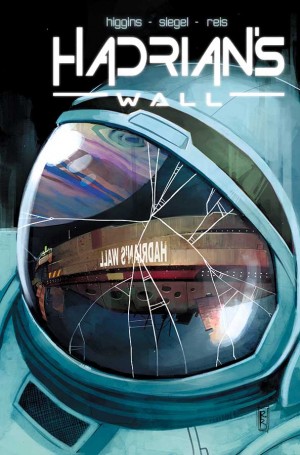
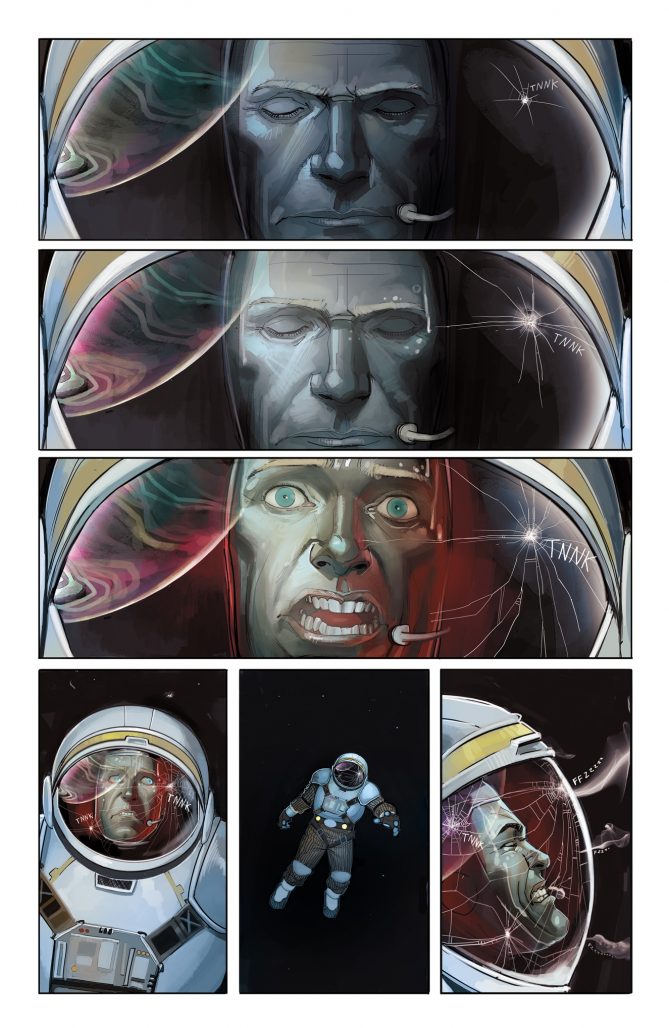
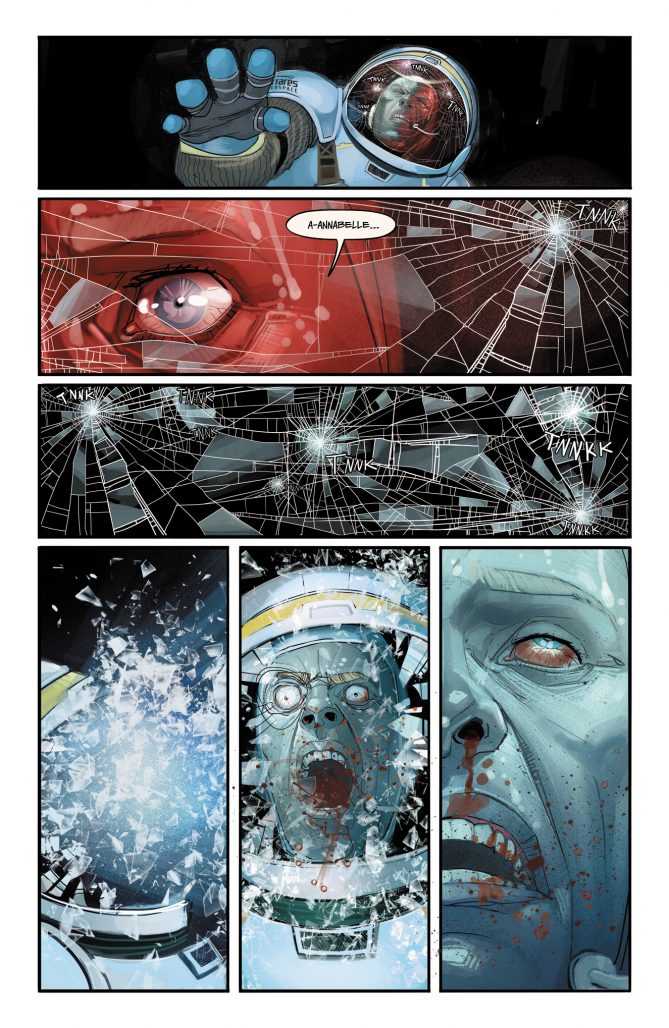
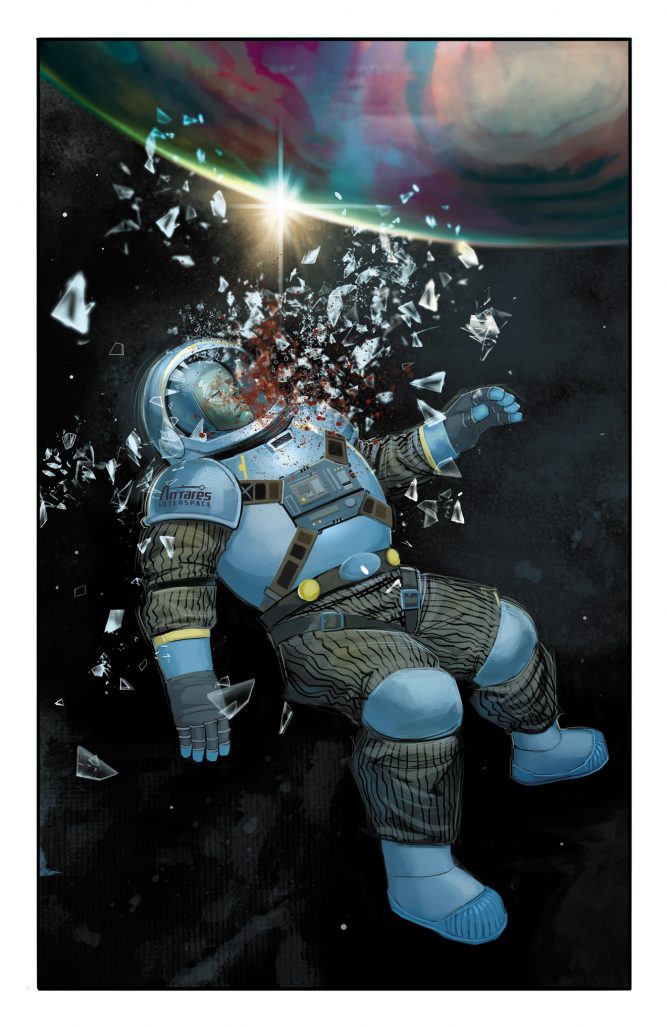
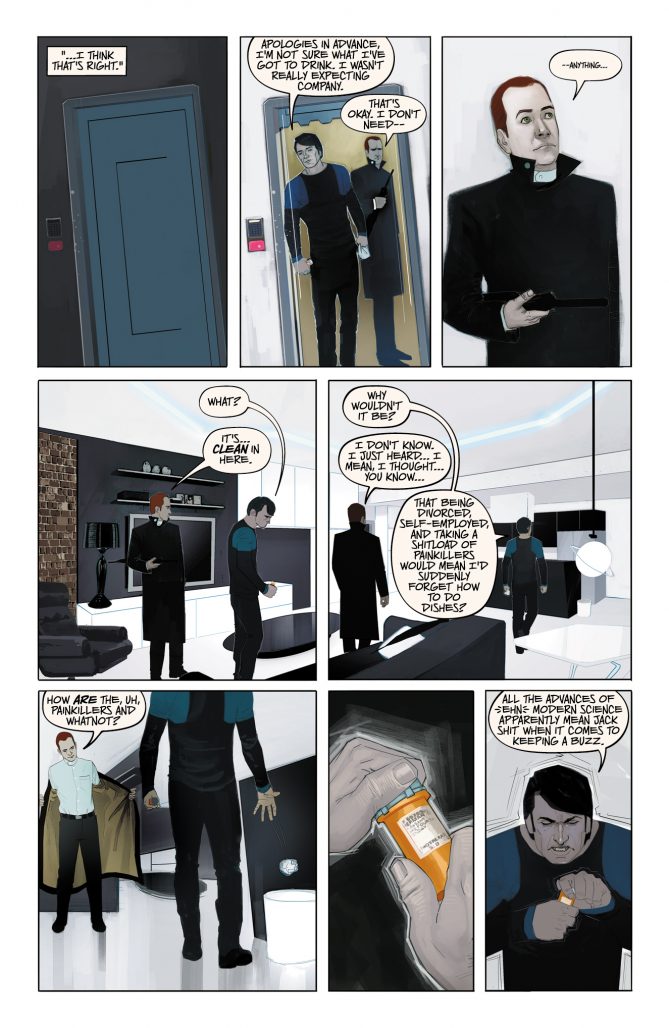
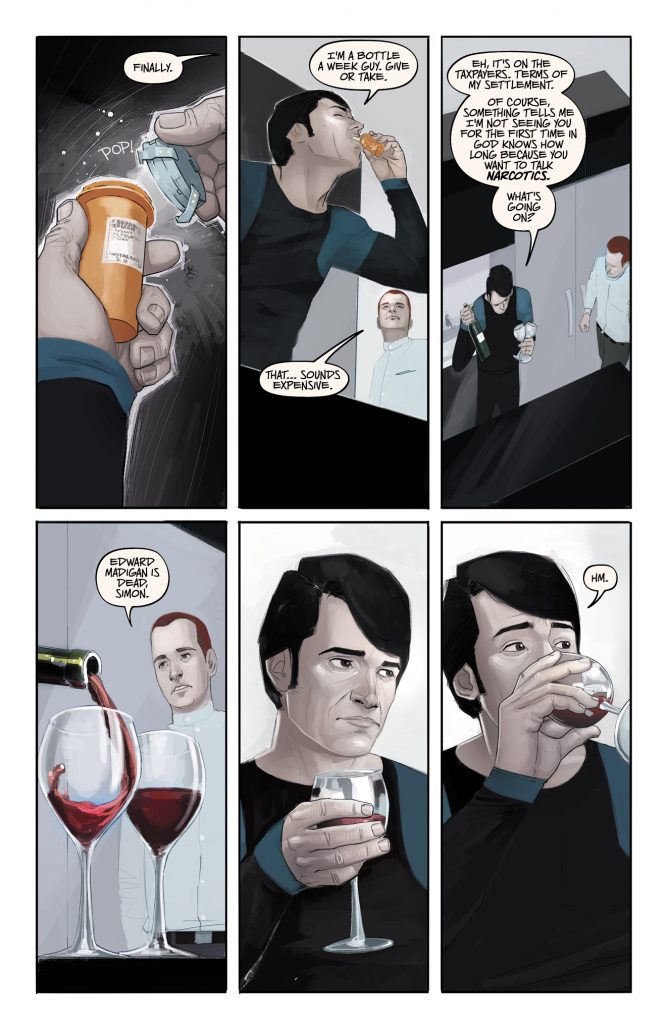
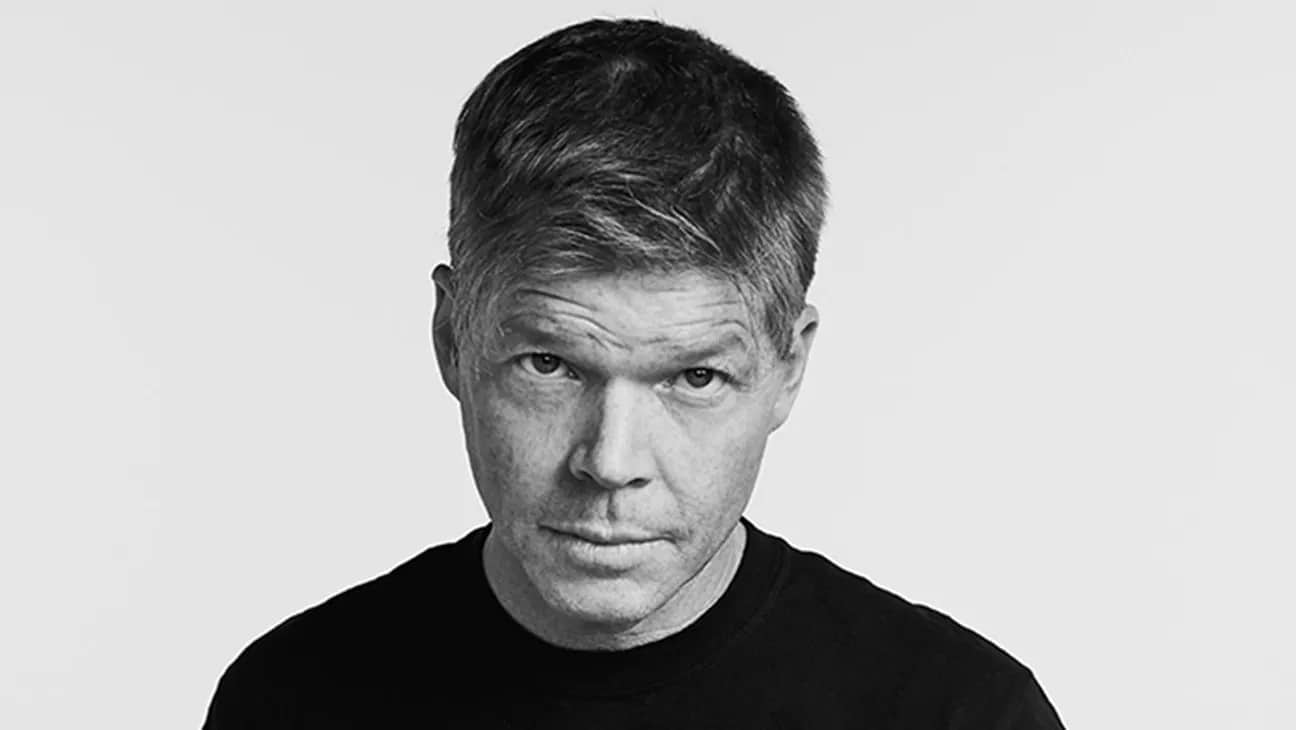




Comments are closed.